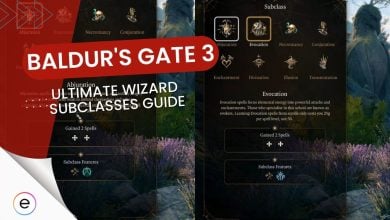Video games have changed a lot in the past decade. But there have been a few game mechanics that we’ve seen again and again. These overused game mechanics tend to ruin the fun of these games and might make them more interesting if implemented correctly.
Most of these game mechanics are something we’ve seen in multiple games. While completely removing these mechanics won’t be a good idea, improving on them somehow can surely help increase gameplay quality.
Now, when we talk about overused game mechanics, we’re not talking about stuff like “Fast Travel” or “View Points that unlock the map.” That’s because, even if these mechanics break immersion to a certain degree, they are still necessary for quality gameplay and keep things from getting boring too quickly.
The following are some of the mainstream game mechanics that need to change.
Skill Trees
Skill Trees are something we see in almost every game. These trees represent your choices and the progression of your character’s abilities. In many RPGs, you’ll have to use some sort of currency to unlock abilities in a Skill Tree, which kinda ruins the point. Skill Tree should only progress when you use the abilities associated with it.
For example, if you’re looking to improve ranged combat, the skill/ability progression should be based on how often you have used a ranged weapon in the game. Suppose you want to increase your physical capabilities. In that case, you’ll have to use physical abilities like sprinting and running to level it instead of just using the currency to upgrade the perks in those Skill Trees.

Additionally, forcing the player to make a choice regarding the Skill Tree, where they’ll miss out on some perks in the playthrough would definitely add to the experience. It will also make the game more fun on the next playthrough as you’d want to try to build a character with a different skill set from the last time.
These types of Skill Trees that you see in Skyrim and Cyberpunk 2077 are prime examples. These Skill Trees also appear more realistic and immersive. Compared to that, just buying off a perk of skill that you rarely use with a special currency makes no sense.
Tall Grass
Tall Grass has been a hallmark of stealth in video games forever. What we don’t like about this mechanic is that you practically disappear when you step into the Tall Grass. It makes stealth games less immersive and feels like a “get out of jail free” card in certain situations.
While it is a decent mechanic, it needs to be improved upon a lot. The things that could be improved in the stealthy grass mechanic are the use of lighting, the color of the grass, density, and height to determine how much and how long you can stay undetected while hiding under it.
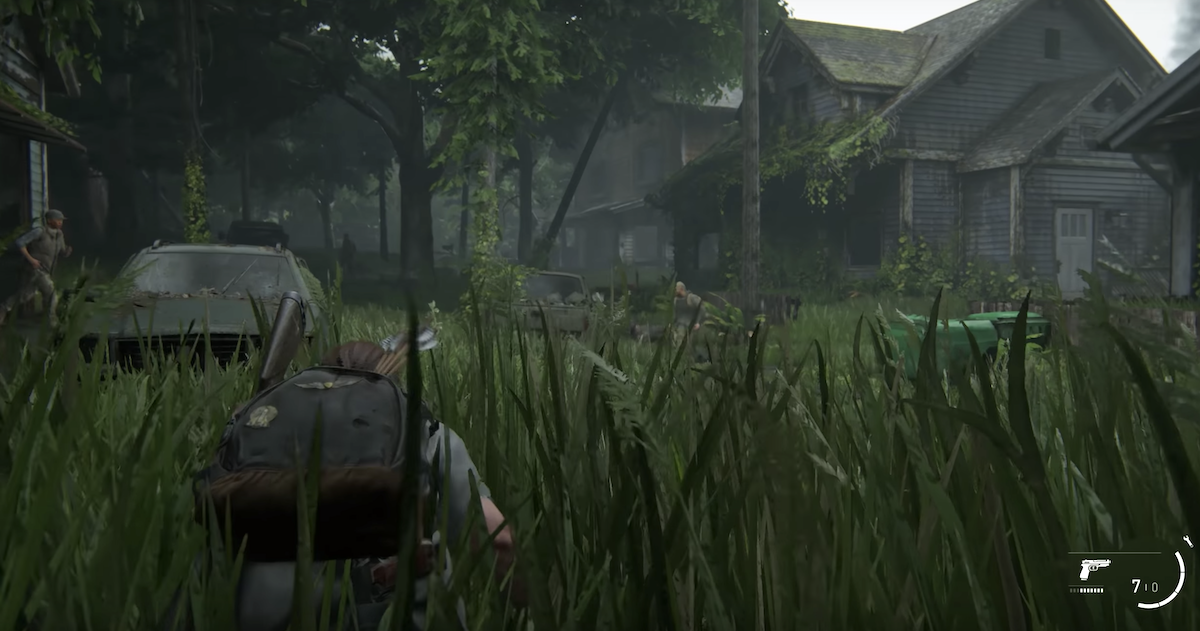
Enemy Sensing
If you’ve played games like Assassin’s Creed, you’d know exactly what I’m talking about. Eagle Vision in Ubisoft‘s Assassin’s Creed allows you to highlight the target of interests to differentiate them from the others.
While it makes quests and assassinations straightforward, it does take away the fun of interacting with other targets and manually trying to find the right target based on their appearance and other features.
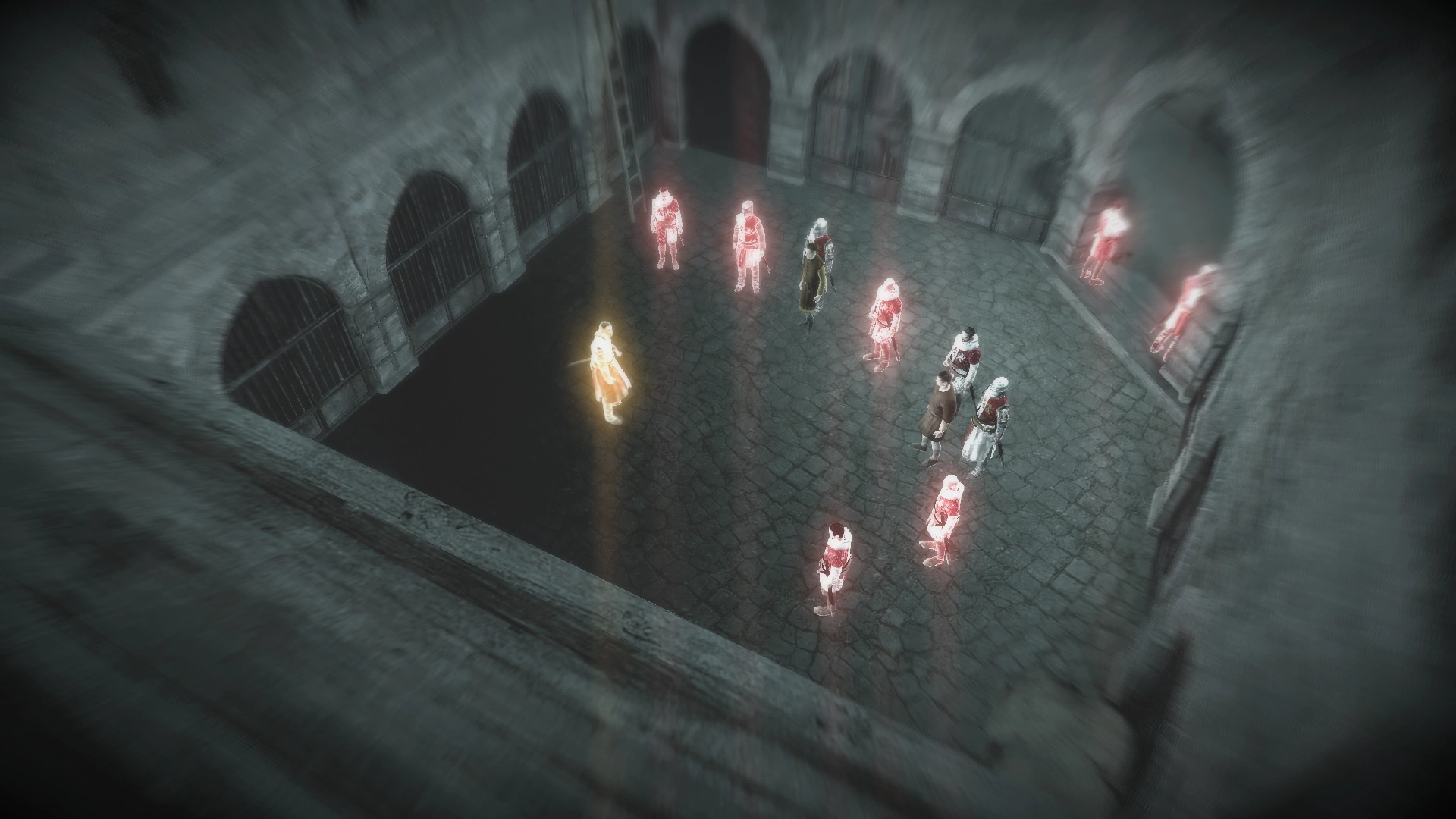
Some stealth games allow you to disable the Enemy Sensing feature to enjoy the experience of finding the right target yourself. But it shouldn’t be there in the first place.
Pick-Up Animation
While Pick-Up Animation does make the game more immersive, it can become quite dreadful when you have to press a button to pick each individual item off the floor. Characters should be able to auto-pick items like ammo and money instead of having to be standing right over the items and press the button to pick them up.
One way to deal with this issue is to make it so that you only have to press a single button. It poses the issue of the game character picking up even the unnecessary stuff. So, the best way is for the game to open a menu that lets you select the items you want to pick up off the ground.
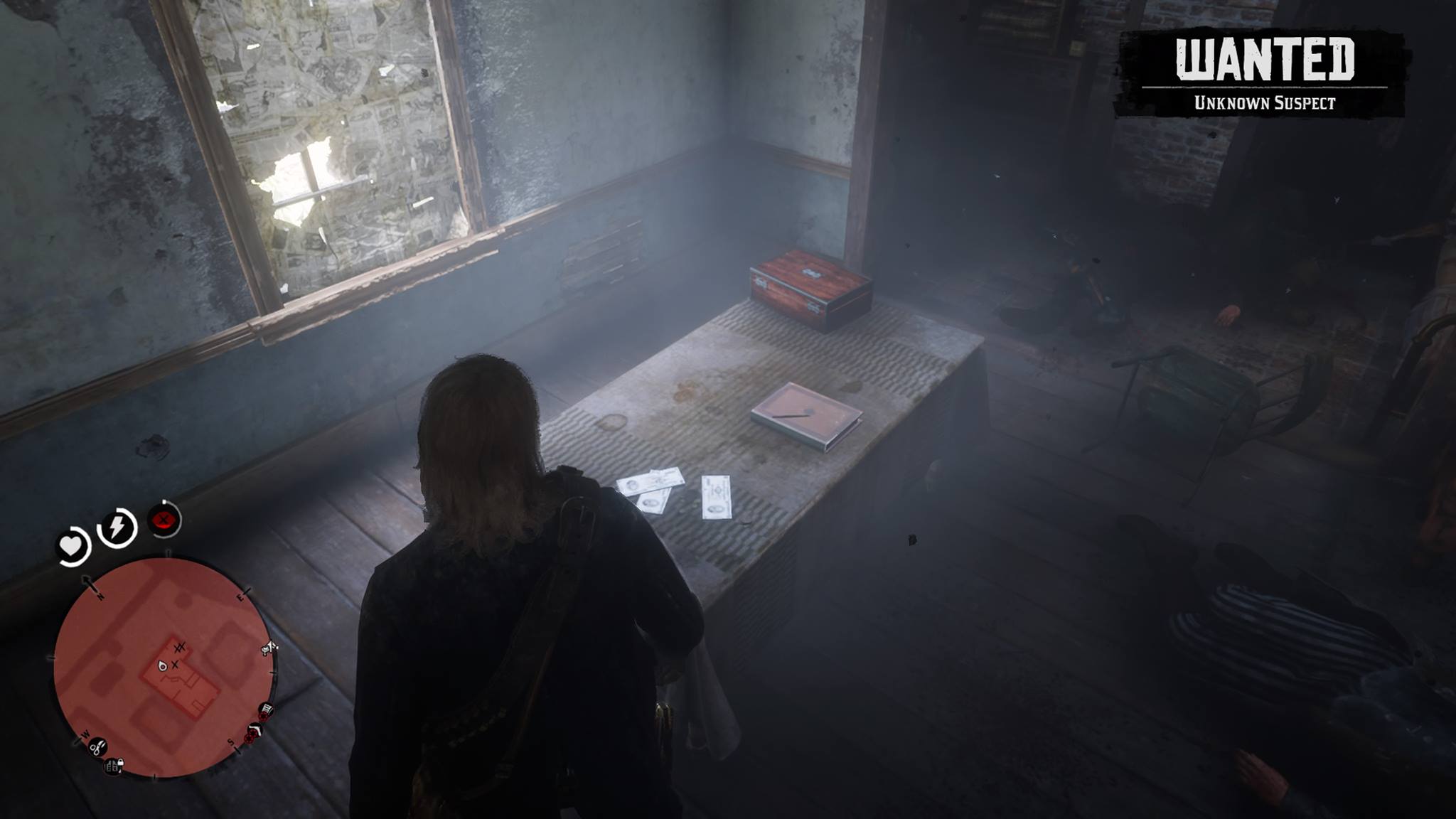
Having the Pick-Up Animation replayed 50 times when you’re trying to clear a room full of items can be a boring experience.
Slow Walking
Slow Walking can become very annoying. Sometimes the game forces you to slow walk along with an NPC for a quest, but it can get very annoying quickly.
There have been tons of events in many games where an NPC will try to show you around, but the pace at which they walk makes you regret accepting the quest in the first place.
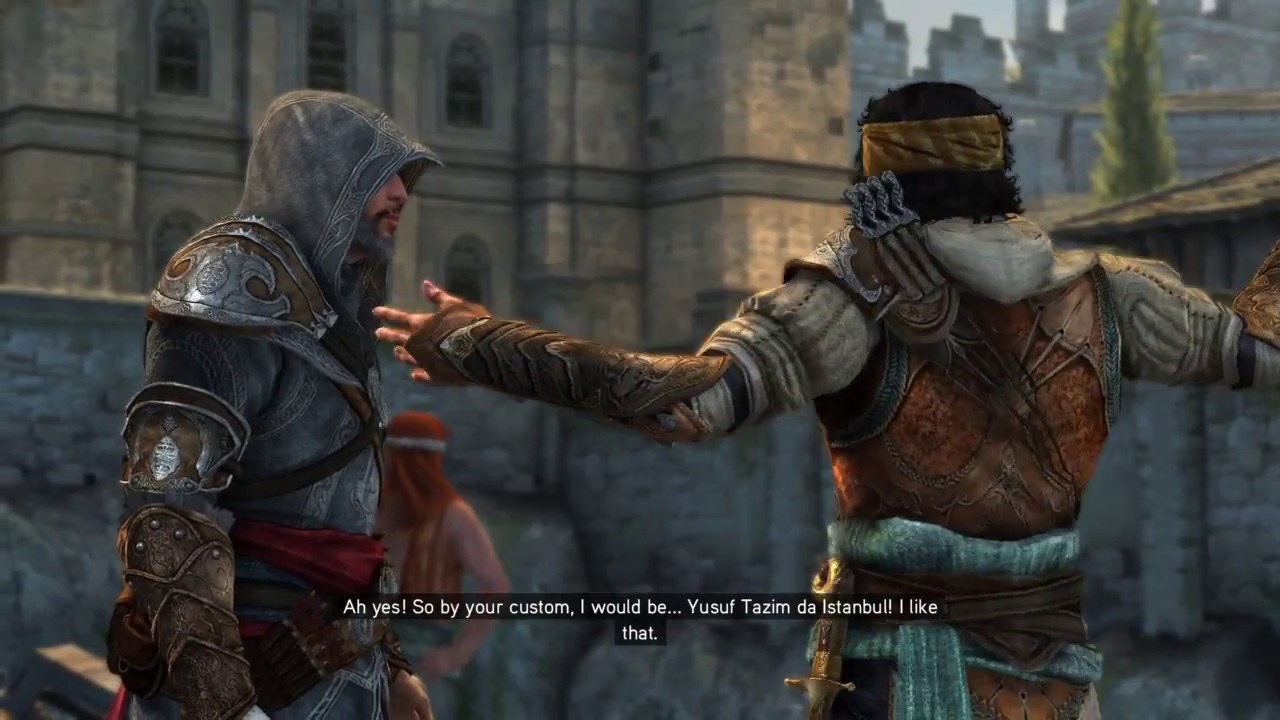
If there were an option to make the NPCs walk faster or even sprint in these cases alongside the player would definitely improve the game experience. Or better, make the entire quest a skippable cutscene.
Tracking Footprints
In most games, whenever there’s a quest to track an NPC through their footprints, you’d see the game highlight the footprints to make them easier to follow. That is something that kills the entire point of the tracking quest.
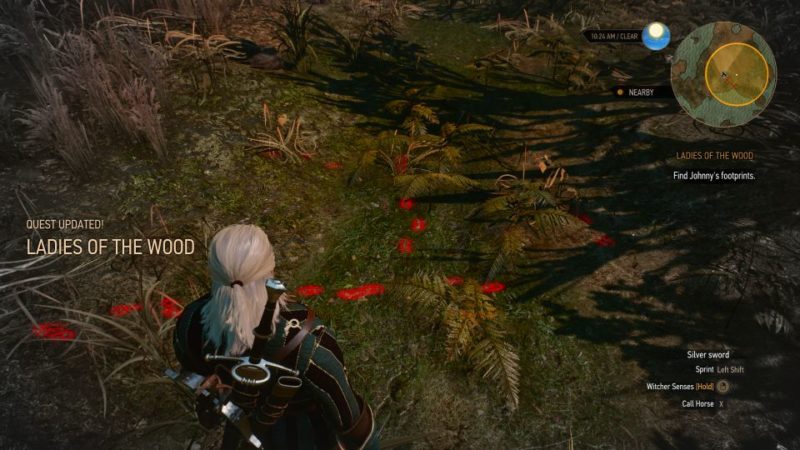
If there are footprints on the road, then the game should just let the player put in some effort to track the footprints. It’s not just the footprints; sometimes, it’s the tire marks or anything similar.
Some might say that highlighting the footprints makes the quest easier. Indeed that would be the case if the marks weren’t that painfully obvious. Even then, tracking is meant to be a challenge and should be treated as such.
If there are other overused game mechanics you think should change, then feel free to tell us in the comments below.
Thanks! Do share your feedback with us. ⚡
How can we make this post better? Your help would be appreciated. ✍


